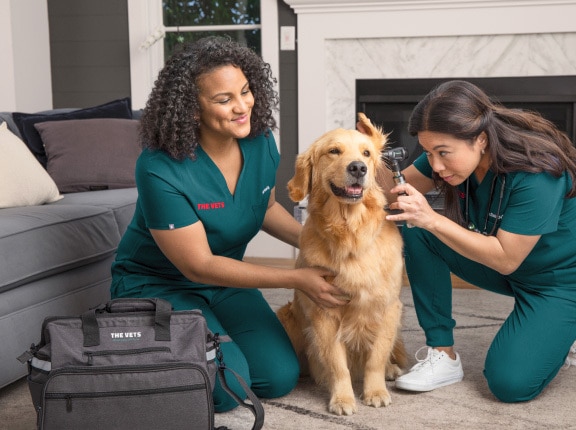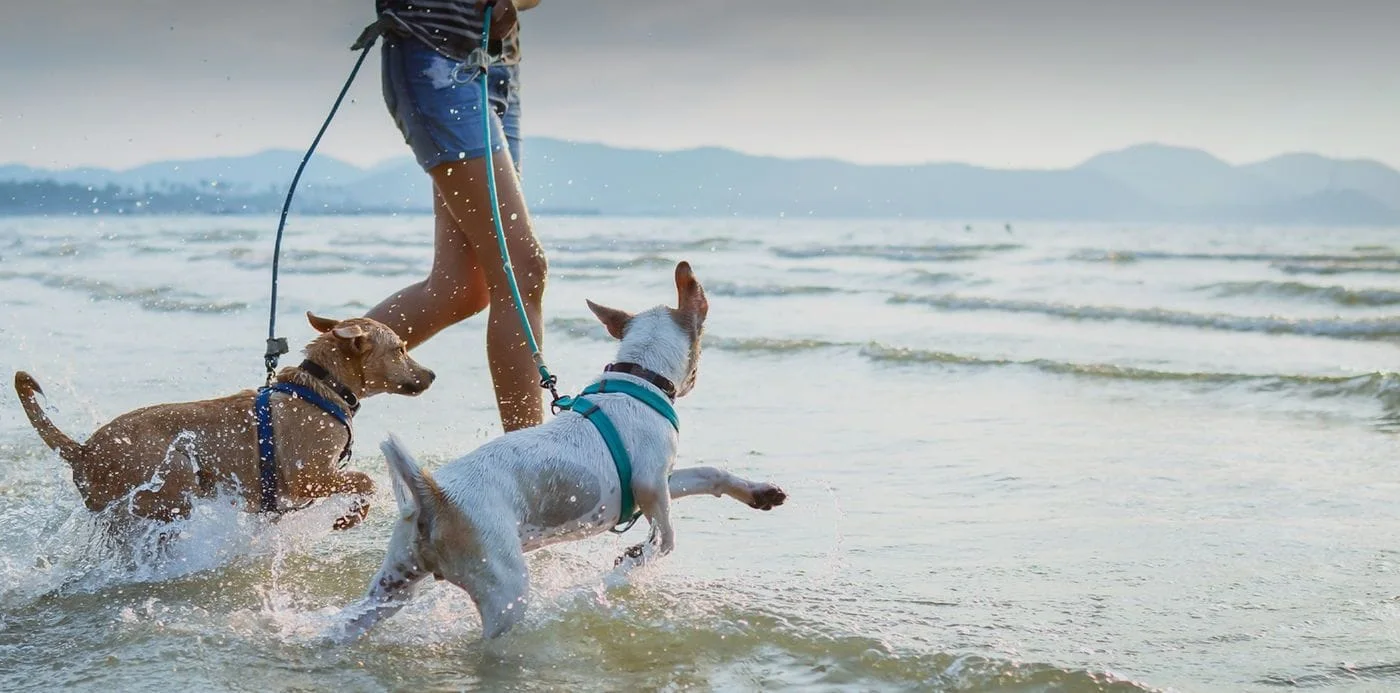How animal emergency care bellingham Provides Critical Help in Pet Health Crises
How animal emergency care bellingham Provides Critical Help in Pet Health Crises
Blog Article
All Regarding Vet Surgery: Recognizing the Relevance of Professional Care for Your Animals
Veterinary surgical treatment is a vital component of pet dog medical care. It encompasses numerous treatments, from regular elective surgical treatments to immediate interventions. Comprehending the ins and outs of these surgical treatments can help animal proprietors make educated decisions. The prep work, implementation, and recuperation phases are essential for ensuring the well-being of animals. With proper knowledge, proprietors can browse the intricacies of veterinary treatment. What aspects should be taken into consideration before a pet dog goes through surgical procedure?
Kinds Of Vet Surgeries
When a pet dog needs medical treatment, comprehending the different types of vet surgeries can aid pet owners make educated decisions. Veterinary surgeries can be extensively categorized into 3 major kinds: optional, urgent, and emergency situation surgical procedures. Elective surgical treatments, such as spaying or neutering, are prepared procedures that are not immediately deadly. Immediate surgeries, like those for foreign body removal, have to be done quickly however are not dangerous in the minute. Emergency situation surgeries, such as those addressing serious trauma or internal bleeding, are vital and call for prompt attention.Additionally, surgical treatments can vary in intricacy, varying from minimally intrusive laparoscopic treatments to extra considerable open surgical treatments. Each kind of surgical treatment brings its own risks and recuperation procedures. Understanding these classifications enables family pet proprietors to participate in significant discussions with veterinarians, leading to better end results for their beloved pet dogs.
Getting ready for Your Family pet's Surgery
Planning for an animal's surgery entails a comprehensive list to ensure all basics are covered. Reliable interaction with the vet is essential for comprehending the procedure and any required pre-operative actions - tplo surgery. Additionally, having clear post-operative treatment directions will certainly assist proprietors give the ideal assistance for their recouping animals
Pre-Surgery Checklist Basics
Assuring a smooth medical experience for an animal calls for careful prep work and focus to detail. A pre-surgery list is important for pet owners to comply with. Validating the scheduled surgery date and time is important. Proprietors need to also confirm that their pet has fasted according to the veterinarian's directions, generally for 8-12 hours before surgery. Collecting required medical documents, including vaccination history, is vital for the veterinarian's evaluation. It is additionally a good idea to prepare a comfortable area in your home for the pet's recovery after surgical treatment. Ultimately, proprietors should have a prepare for transport to and from the vet clinic, making certain that the pet dog is safe and secure and comfy throughout the journey. Following these steps can considerably improve the medical experience.
Communicating With Your Veterinarian

Reliable interaction with the vet is important for a successful surgical experience for pets. Proprietors ought to be prepared to review their pet's case history, consisting of any kind of pre-existing problems, medicines, and allergic reactions. This information helps the vet evaluate threats and customize the surgical strategy as necessary. In addition, pet proprietors ought to ask questions relating to the procedure, anesthesia, and expected outcomes to guarantee they totally understand the procedure. Clarifying any type of questions can reduce stress and anxiety for both the pet dog and the owner. It is also vital to connect any type of behavioral modifications or issues observed in the family pet leading up to the surgical procedure. Inevitably, clear dialogue promotes trust fund and collaboration, making sure that animals receive the most effective feasible care throughout their surgical trip.
Post-Operative Care Instructions
After going over the surgery with the vet, pet dog proprietors ought to focus on post-operative care instructions to facilitate a smooth recuperation for their animals. These instructions commonly include monitoring the medical website for indicators of infection, such as soreness or discharge. Pet dogs may need to be maintained calm and constrained to avoid extreme activity that can interrupt healing. Pain administration is essential, so owners should adhere to the vet's advice on providing medications. Furthermore, nutritional restrictions might be suggested to stay clear of gastrointestinal distress. Routine follow-up appointments are essential to assure proper healing and resolve any type of worries. By adhering to these post-operative treatment instructions, pet proprietors can substantially add to their pet's recovery and overall well-being.
The Surgical Refine Explained
The surgery for pet dogs incorporates essential steps that assure their security and healing. Pre-surgery preparations are crucial for reducing dangers, while post-operative care guidelines play an essential function in advertising recovery. Understanding these elements assists pet proprietors navigate the surgical experience better.
Pre-Surgery Preparations
Prior to a pet goes through surgical treatment, a number of crucial prep work must take location to assure a safe and successful treatment. Initially, an extensive vet examination is vital to evaluate the family pet's total health and wellness and identify any kind of prospective risks. This might include blood try this website tests, imaging, or other diagnostics. The veterinarian will also discuss anesthetic options customized to the family pet's particular requirements. Additionally, animal owners are commonly instructed to keep food and water for a defined time prior to surgical procedure to lessen the danger of complications during anesthetic. It's vital for owners to supply a complete medical history, including any kind of medications or allergic reactions, ensuring the medical group has all required details. Correct interaction and adherence to pre-surgery guidelines can considerably enhance the result of the treatment.
Post-Operative Treatment Standards
Correct post-operative treatment is important for making sure a pet's healing complying with surgical treatment. After the procedure, pets ought to be kept track of carefully for any kind of signs of issues, such as extreme bleeding, swelling, or unusual behavior. It is necessary to adhere to the vet's directions pertaining to drugs, including pain relievers and anti-biotics. Pets must be maintained in a silent, comfortable environment to minimize stress and anxiety and promote recovery. Limiting activity is essential; short, leashed walks may be essential, yet jumping or running should be avoided. Regular follow-up appointments ought to be scheduled to analyze the healing procedure. Furthermore, the surgical website has to be maintained clean and dry, with any signs of infection reported to a vet without delay. Following these standards enhances recuperation results.
Anesthetic and Pain Management
Reliable anesthesia and pain administration Visit Website are necessary components of vet surgical procedure, ensuring that pet dogs stay comfy and risk-free throughout the procedure. Vets assess each pet's individual demands, considering variables such as age, weight, wellness status, and the kind of surgical procedure being performed.Anesthesia protocols generally include a combination of pre-anesthetic medications, induction agents, and inhalant anesthetics, permitting for exact control over the pet's degree of consciousness. Surveillance throughout surgical procedure is crucial; veterinarians continually observe crucial indications to address any kind of prospective difficulties promptly.Pain monitoring approaches may include opioids, non-steroidal anti-inflammatory drugs (NSAIDs), and anesthetics, customized to the pet dog's certain situation. This complex strategy assists minimize pain and advertises a smoother surgical experience. By focusing on reliable anesthetic and discomfort management, vet professionals improve the total well-being of family pets going through operations, ensuring they receive the highest possible requirement of treatment.
Post-Operative Care and Recovery
Adhering to surgical procedure, the emphasis changes to post-operative treatment and healing, which is necessary for ensuring a family pet's safe return to typical tasks. During this period, family pets need a peaceful, comfy setting to help recovery. Owners should very closely check their animals for any type of signs of discomfort or unusual behavior.Veterinary guidelines usually include particular guidelines connected to have a peek at these guys medicine management, injury care, and nutritional modifications. It is essential to follow these referrals to lessen issues and advertise healing. Animals may need to be restricted from strenuous activities, such as running or jumping, during their healing period (tplo surgery).Regular follow-up visits with the vet allow for monitoring of the family pet's development and timely modifications to the care strategy. Offering emotional support and companionship can likewise boost a pet's healing experience, assisting to minimize stress and anxiety and stress and anxiety. On the whole, diligent post-operative treatment plays a considerable duty in achieving an effective recovery
Identifying Complications After Surgery
Exactly how can pet dog proprietors recognize complications after surgery? Awareness of certain indicators is crucial for making certain the health of pet dogs during recovery. Usual indications include extreme swelling, redness, or discharge at the medical site, which may signify infection. Additionally, relentless pain, indicated by grumbling or reluctance to move, should prompt instant attention. Adjustments in cravings or water consumption can also suggest problems; a decline in these habits may signify pain or distress.Moreover, pet dog owners must monitor their pets for any uncommon actions, such as lethargy or difficulty breathing, as these can be indicators of major problems. Throwing up or looseness of the bowels following surgical treatment may call for urgent vet analysis. Recognizing these issues early can greatly affect an animal's recuperation procedure, highlighting the value of watchfulness and prompt interaction with a veterinarian for any kind of worrying symptoms.
The Role of Veterinary Specialists in Surgical Treatment
Vet experts play a crucial duty in making sure the safety and security and success of operations for pets, particularly following surgical procedure when checking and treatment are critical. These professionals consist of vets, veterinary professionals, and assistance team, all of whom contribute specialized abilities to the surgical process.Before surgical treatment, vets perform thorough examinations to evaluate the animal's wellness, guaranteeing that any type of underlying problems are managed. During the procedure, the surgical team supplies anesthetic, preserves clean and sterile settings, and checks essential signs, very important for decreasing risks.Post-operative treatment is similarly significant; veterinary experts observe for difficulties, handle pain, and guide owners on recovery techniques. Their proficiency allows them to acknowledge early signs of distress or infection, guaranteeing timely intervention. Inevitably, the collective initiatives of vet experts in medical treatment foster a secure environment, promoting the well-being of pet dogs throughout the surgical journey.

Regularly Asked Questions
How Do I Choose the Right Veterinary Specialist for My Animal?
Picking the right vet cosmetic surgeon entails researching credentials, reading evaluations, and reviewing the facility's atmosphere. It is necessary to review the surgeon's experience with specific procedures and their communication style when deciding.
What Are Common Misconceptions Concerning Veterinarian Surgeries?
Common misunderstandings concerning vet surgeries include ideas that they are constantly high-risk, unneeded, or just for emergency situations. Many family pet owners underestimate the benefits of precautionary treatments and the skill associated with veterinary surgical treatment.
Just How Much Will My Pet's Surgical procedure Expense?
The cost of an animal's surgical procedure can vary considerably based upon aspects such as the sort of procedure, the veterinarian's experience, and geographical place (tplo surgery). Usually, costs range from a few hundred to numerous thousand dollars

Can My Pet Dog Eat Prior To Surgery?
Prior to surgical treatment, it is normally encouraged that animals avoid from eating for a details duration. This fasting helps in reducing the danger of difficulties during anesthetic. Proprietors ought to consult their veterinarian for accurate instructions tailored to their family pet's needs.
What if My Family Pet Has Pre-Existing Wellness Conditions?
When a family pet has pre-existing wellness conditions, it's important for the vet to analyze these variables before surgical procedure. This evaluation warranties ideal precautions are taken, reducing dangers and maximizing the pet's general safety throughout the treatment.
Report this page